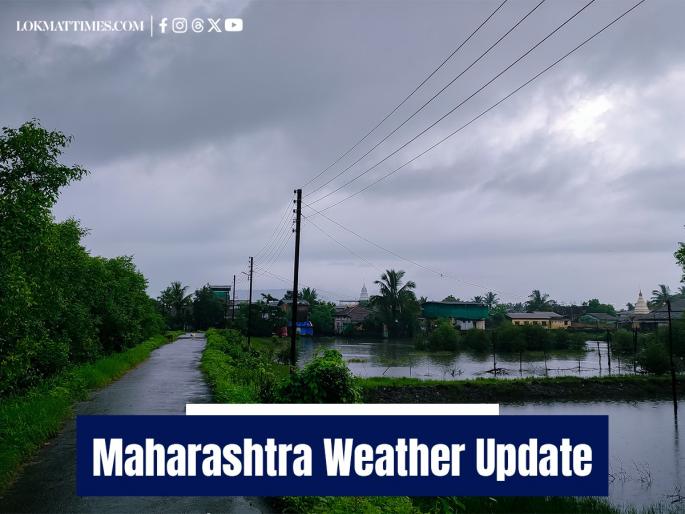Sources: 

Maharashtra is grappling with increasingly severe cyclones driven by rising sea surface temperatures in the Bay of Bengal and Arabian Sea, a trend linked to climate change.
A recent study highlights that between 2001 and 2012,
44 severe or super cyclones struck the region, with
80% exhibiting eye patterns indicative of their severity. These cyclones have caused extensive damage, exemplified by Cyclone Nisarga in 2020, which inflicted over
Rs1,000 crore in damages, affected
1.4 lakh homes, and destroyed nearly
20,000 hectares of farmland in Raigad and Ratnagiri districts.
Dr. Ahmed emphasized the devastating impact on agriculture, citing
prolonged flooding, increased soil salinity, root stress, and widespread crop failure as critical challenges.
Experts call for urgent climate resilience measures, including strengthening early warning systems, adopting salt-tolerant crop varieties, and implementing comprehensive coastal land-use management policies to mitigate future cyclone impacts.
The India Meteorological Department has issued yellow alerts for Vidarbha districts amid storm threats, while the agriculture department advises farmers to pause sowing due to insufficient soil moisture, underscoring the ongoing vulnerability of the region.
“There is an urgent need to strengthen early warning systems, adopt salt-tolerant crop varieties, and develop comprehensive coastal land-use management policies,” Dr. Ahmed said.
These measures are critical to safeguarding Maharashtra’s agricultural sector and communities from the escalating threats posed by climate change-induced cyclones.
Sources: 
Experts warn Maharashtra faces worsening cyclone impacts due to rising sea temperatures and climate change, causing severe agricultural damage and flooding. They urge urgent climate resilience measures including improved early warnings, salt-tolerant crops, and coastal management to mitigate future disasters.

